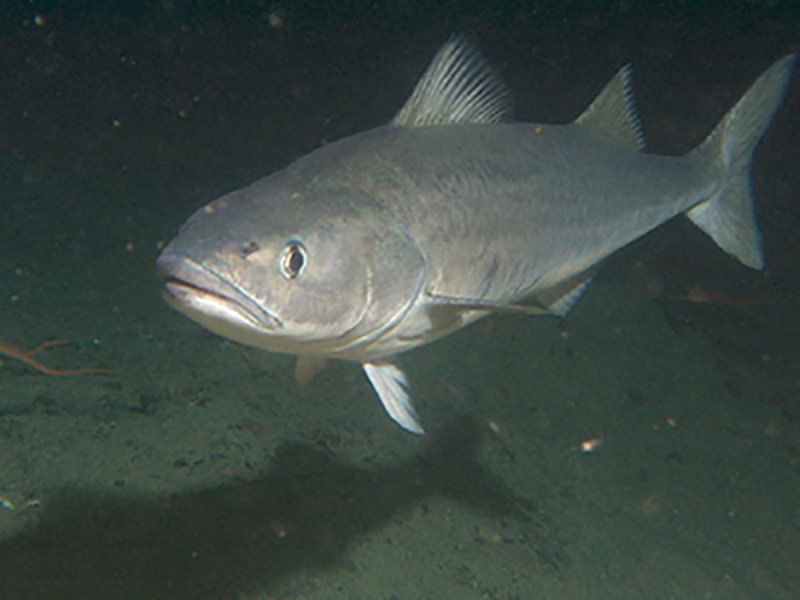Small fish, severed links in the domestic distribution chain and weak markets in Japan spell continued doldrums for West Coast blackcod.
With the catch limit for 2020 set at 7,705 metric tons (slightly increased from last year’s 7,506 metric tons), markets are destined for surplus inventories as the season progresses.
Scott Adams, operations and production manager with Hallmark Fisheries in Charleston, Ore., notes that the increase in Alaska’s blackcod quotas from 26 million to 32 million pounds for this year doesn’t help either.
“All that does is put more fish into the market,” says Adams. “And that only makes it weaker.”
As for the dynamics of the market, the resurgence in biomass, especially in Alaska, skews the harvest toward a preponderance of small fish (2 to 3 pounds) recruiting into the fishery. In reaction, Japanese wholesalers have made strides in moving smaller fish — 4 pounds and under into end markets. But the fish are moving at a vastly reduced price, says Adams.
On the ex-vessel end, that translates to 50 cents per pound for fish from 1 to 2 pounds, $1.50 for fish in the 2-to-3-pound range, $1.25 for 3-to-4s, $2 for 4-to-5s, $3.50 for 5-to-7s and $5.50 for 7-ups. Adams adds that Japanese markets don’t want fish upward of 4 pounds, and that leaves the larger fish accumulating in cold storage holdings, where they face liquidation at huge losses to processors.
As for the domestic front, Adams and others in his predicament among West Coast processors, have been feeling the effects of covid-19 and the shutdowns in restaurants and other venues that used to liquidate larger fish in the past.
The bright spot, according to Gretchen Hanshew, a fisheries management specialist with NOAA, in Seattle, is that some fishermen have turned retailer and have augmented their incomes with dockside sales. “They’ve acquired their retail licensing and have been direct marketing through social media,” she says.







